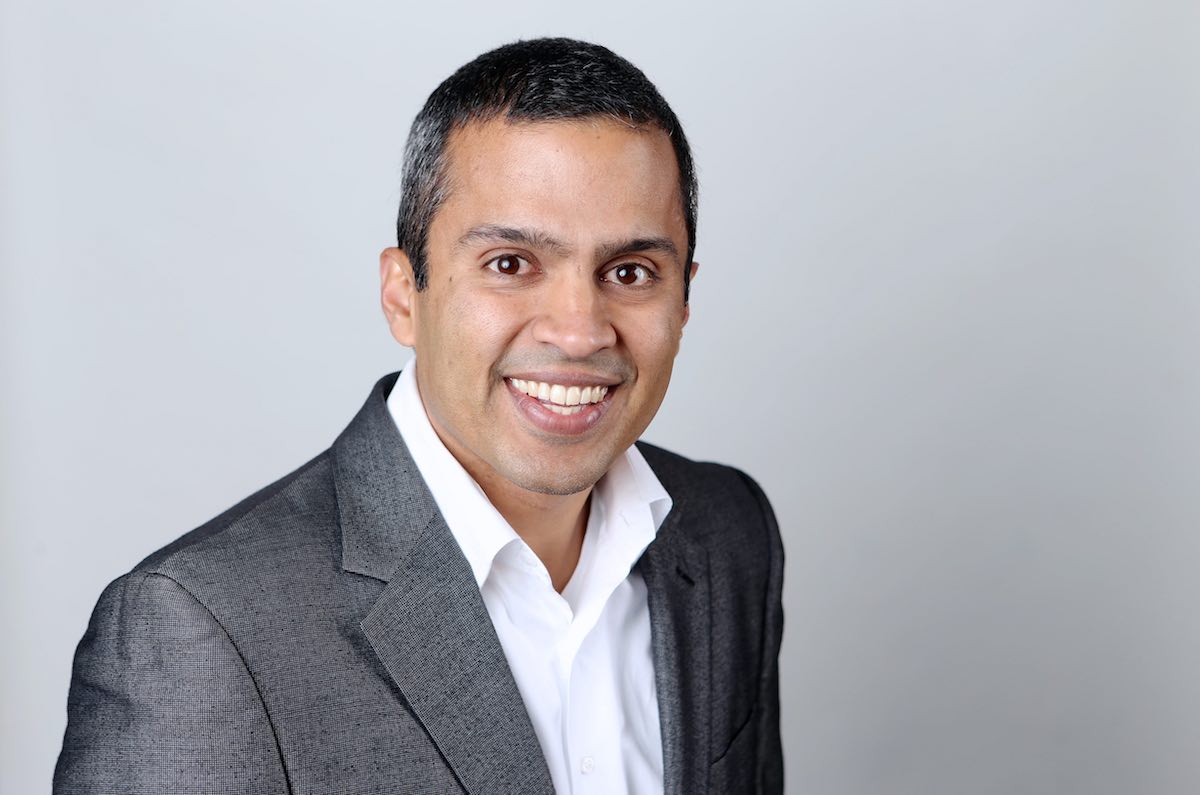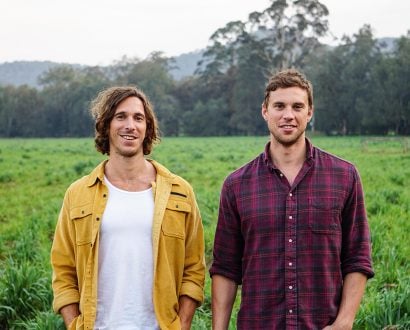A former Director of Strategy, Data and Research at Fairfax Media, Gautam Mishra has grappled with many of the seemingly intractable problems troubling today’s media – clickbait, fake news and declining advertising revenue. He believes the only way ahead is paid news.
He has established Inkl, an online news marketplace which curates content from leading publications such as The Washington Post, The Independent, Bloomberg and The Guardian. Subscribers receive the top stories each morning in a curated, manageable feed.
Here, he talks to The CEO Magazine about the new media landscape, the myths around value in journalism and the daunting first days of a start-up.
What was the origin of Inkl?
I was working as head of strategy and doing research for the publishing business, and I basically found that there were these two problems that I’d encountered at Fairfax that were very large global problems and not anything specific to Fairfax’s accounts.
One of those was that the economics of advertising was changing dramatically to the point where there was no longer a feasible business model for news publishing. Advertising was moving more and more to Facebook and Google. So, that was one problem.
The second problem I found was that from a consumer side, most people I was speaking to felt like there was more and more information they needed to be across because everything is becoming faster, more complicated and more global. They didn’t know how to Google all of that with the limited amount of time they had available.
So, from a reader’s perspective, I feel like I need to get the news from six different sources. How do I do that given I don’t have the time to actually look at six different websites?
There’s been a preoccupation in journalism with counting clicks and trying to measure the value of each piece on a granular level. Do you think these metrics have been harmful to journalism, and is that a problem you can bypass with the different business model of Inkl?
Yeah, it’s interesting. There are myths around defining value. What ended up happening in news is all the publishers decided to make their content free, meaning there was no face value. So, instead of price we came up with a proxy, which was clicks as you’ve described, right?
The problem with clicks is they’re much easier to hijack. If I have to spend my money on something, then I’m going be a lot more careful about what I’m doing, whereas if I’m just able to click on something, that’s much easier to do. What we’ve seen as a result is an increased focus on sensationalist headlines and misleading stories. These are very troublesome things and that come back to the idea that globalism defines value by purchases, and actual commerce is defined by clicks.
That certainly is harmful. We’re seeing all of this noise around fake news and the reliability of news and it all essentially boils down to one central problem, which is that it is easy to trick someone into clicking. Our belief is that if we can actually build a system based around people paying for our news, then that is much, much more sensible because it creates a better signal over those who see value as something just based on clicks.
We’re seeing all of this noise around fake news and the reliability of news and it all essentially boils down to one central problem.
Can you tell us a little about how the news is curated at Inkl? Is there any algorithm involved or is it totally down to human judgement?
There are a number of algorithms and there is some human curation as well. We like to feature some good news because one of the things we heard from readers is that they like to start the day with positive news. Often times, the news can be quite negative, just by virtue of the subject matter.
We like to feature some good news because one of the things we heard from readers is that they like to start the day with positive news.
So, we’ve curated a list of stories which are happy, breakthroughs in technology, all the changes happening around the world.
We also curate an ‘Editor’s picks’. A lot of people don’t have time to make that kind of discovery when it comes to the news these days, so we go through a lot of articles and find some really interesting, thought-provoking longer reads.
Otherwise, the platform works largely through a series of algorithms. The central feed of news is called ‘Lead Stories’, and so in determining what’s a lead story, we start with looking at how publishers rank stories. What we’ve found is that there are heuristic judgements that newsrooms apply. It’s actually a much more accurate predictor of news interest and value than any text-based or entity-extraction algorithm that could be designed.
One of the reasons why we’ve done this is because most attempts that try to infer your interest and give you a completely personalised list of news stories end up putting you in a filter-bubble. That is very, very dangerous within the general news context because it’s quite alright to give a filtered view of news. If I’ve said, “I just want to get the latest news on kittens,” then you know I’m interested in kittens and you just show me all the stories on kittens.
But when I’m coming to you and saying, “Well, tell me what happened in the world that’s important today,” I think it’s essential that you don’t bias a news feed by what a person has clicked on in the past.
We’ve written that algorithm around the idea of really helping people understand what the day’s biggest stories are in the most efficient way possible. In terms of personalisation, there is a lot of machine-learning that runs through articles, so readers might want to follow artificial intelligence and Elon Musk and they can see all of the articles related to those topics under a section called ‘My Topics’. So, they get that personalised feed, but we don’t let that bias the main news feed.
On a more personal level, how have you found the transition from being part of an established company to being founder and CEO of this start-up?
It is definitely, as you say, a big transition. I guess it was very scary initially because when I created Inkl, I was coming at it from the perspective of having looked at the numbers very, very closely. I realised that what was happening just wasn’t sustainable. When the net becomes untangled, there’s a bubble around ad-based news that is going to burst.
That was obvious to me just because of how closely I was in looking at this problem, but to other people it wasn’t that obvious. It was actually really hard setting out on my own and saying, “Well, look. This is going to happen”, and really not having a lot of external evidence yet. The thesis, I guess, was not tough enough at that point.
Now that thesis is so much clearer to both consumers and publishers and it’s a much, much easier conversation to have.
Starting any sort of venture in Australia is challenging because it is a smaller market. The problem we were trying to solve is a global problem, so from day one, it meant spending a lot more time travelling overseas and going to speak to publishers.
For the first two years, I went and spoke to publishers to understand all of their concerns so that we could design a solution. That was pretty challenging, because when you start, you’re no longer travelling on the established airlines, you’re taking the absolute cheapest fares and you’re sleeping in an airport somewhere. It’s a very different experience.





